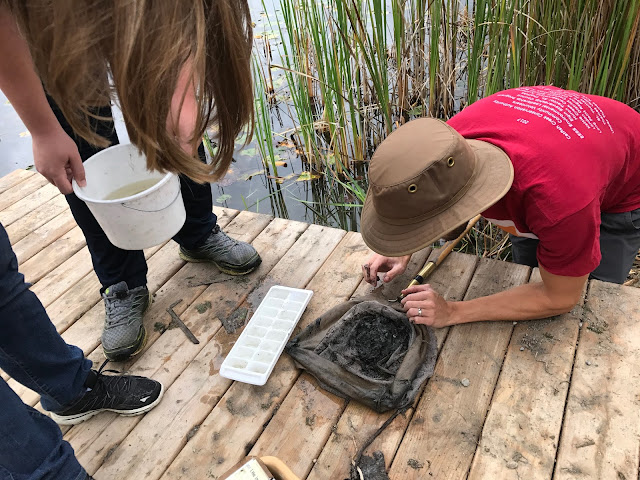Fanning Your Own Flame
#IMMOOC Season 3, Week 5
This week we have been challenged to create 250 word posts in our blog. Here's my first kick at the can:
"Do our Professional Learning Opportunities mirror the learning we want to create for our students?"
When we are programming for our Students, we are encouraged to give them choice, help them find their passions, differentiate our instruction and expectations and create a personalized and meaningful learning experience. A lot of time is spent building relationships with them, getting them to realize their own potential and to reflect on their own learning and goals.
Do we take this approach with the Professional Development of staff? Traditionally, and likely still in a lot of cases, the answer is probably either a "not very well" or a "no". There's a lot of "have to", "let's just get through this," and "one size fits all" activities on Professional Development Days. I'm not laying blame or ranting here. There's just not a lot of time to fit all the things we need to get done collectively and the things each of us is passionate about individually into the few days of the year we have to do it in.
So how can we ignite our own passions for learning and teaching with the constraints we are given? Some "inside the box" solutions seem to be needed here. I've got a few ideas...
1. Professional Learning Networks - online (like Twitter), in your building or at conferences. Find others who will push your thinking and support you on your journey.
2. Getting out of the building to mentor, be mentored or see what's happening in other buildings and classrooms.
3. Take a course, read a book, investigate what you are passionate about. Don't let that spark go out...fan that flame in whatever way works for you.
Please add a few of your own ideas in the comments section.
I'm running out of words, but want to leave you with one thought. If we won't accept "one size fits all" learning for our students, why would we accept it for ourselves?








